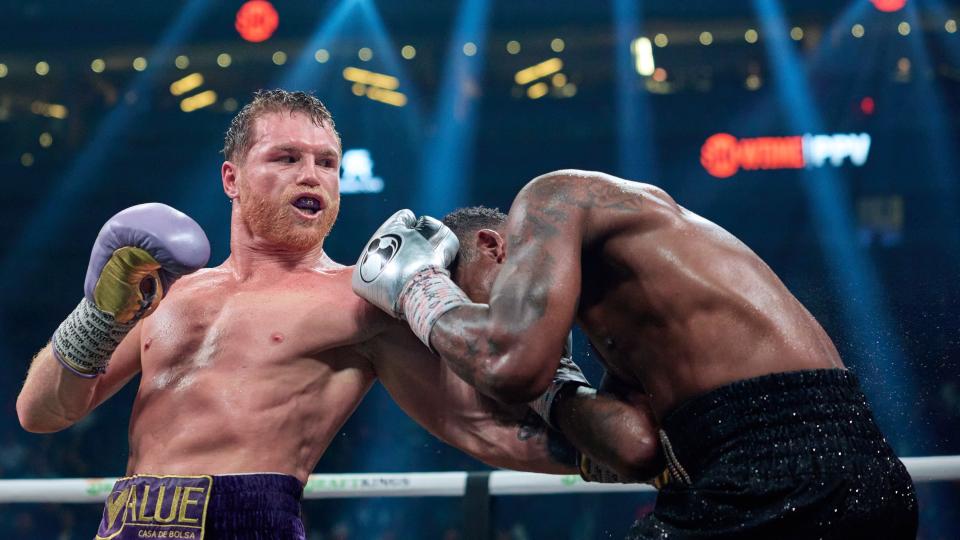Boxing, known as the “sweet science,” has a rich and storied history that spans millennia. From its ancient origins to its modern-day spectacle, boxing has captivated audiences worldwide. This comprehensive guide delves into the fascinating history of boxing, exploring its evolution and impact on society.
Origin of Boxing
Ancient Civilizations
Boxing dates back to ancient civilizations where it was practiced as both a sport and a form of combat training. Early evidence of boxing can be found in Sumerian reliefs and Egyptian hieroglyphs, indicating that this form of fighting was prevalent as far back as 3000 BC.
Early Evidence in Egypt and Mesopotamia
In ancient Egypt, boxing was depicted in tomb paintings, showcasing fighters using bare fists and primitive hand wraps. Similarly, Mesopotamian artifacts illustrate scenes of boxing matches, emphasizing the sport’s historical significance.
Boxing in Ancient Greece
Boxing in the Olympic Games
Boxing was introduced to the ancient Olympic Games in 688 BC. Known as “pygme,” the sport was a test of strength and endurance, with fighters using leather straps to protect their hands.
Rules and Equipment
Ancient Greek boxers fought until one of them could no longer continue, with minimal rules to ensure safety. The lack of protective gear often resulted in severe injuries, highlighting the brutal nature of early boxing.
Boxing in Ancient Rome
Gladiatorial Combat
In ancient Rome, boxing evolved into a more organized and brutal form of combat. Gladiators often participated in boxing matches as part of their training for the arena, using cestus – leather gloves studded with metal – to inflict maximum damage.
Decline of Boxing
With the fall of the Roman Empire, boxing gradually declined in popularity. The sport was viewed as barbaric, and it largely disappeared from European society during the early Middle Ages.
The Evolution of Boxing in the Middle Ages
Boxing in Medieval Europe
During the Middle Ages, boxing saw a revival in various forms across Europe. Although it was not as organized as in ancient times, it remained a popular form of entertainmen and combat training.
Early Forms of Boxing
Medieval boxing involved bare-knuckle fighting with minimal rules, often resulting in brutal and bloody matches. It was practiced in both formal and informal settings, from royal courts to local fairs.
The Role of Boxing in Society
Boxing served as a means of settling disputes and demonstrating physical prowess. It was a reflection of the societal values of strength and bravery, deeply ingrained in the cultural fabric of the time.
Bare-Knuckle Boxing
Emergence of Bare-Knuckle Fighting
The 17th and 18th centuries marked the formalization of bare-knuckle boxing, particularly in England. This period saw the emergence of organized prizefights, attracting large crowds and substantial wagers.
Famous Bare-Knuckle Fighters
Notable bare-knuckle fighters like James Figg and Daniel Mendoza became household names, contributing to the sport’s growing popularity. Their bouts were often brutal, with fights continuing until one participant was incapacitated.
The Birth of Modern Boxing
The 18th Century
James Figg, often regarded as the father of modern boxing, played a crucial role in formalizing the sport. He opened a boxing academy in London and promoted prizefighting, setting the stage for modern boxing rules and practices.
James Figg and the Rise of Prizefighting
Figg’s influence extended beyond his own career as a fighter. He established the foundations of organized boxing, promoting matches and training fighters in the art of pugilism.
The First Boxing Rules
The earliest set of boxing rules, known as the Broughton Rules, were introduced in 1743 by Jack Broughton. These rules aimed to reduce the brutality of the sport by banning certain dangerous practices and introducing the concept of a round.
The 19th Century
The London Prize Ring Rules
In 1838, the London Prize Ring Rules were established, further refining the regulations of boxing. These rules introduced the concept of a 24-foot ring and rounds limited to a specified time duration.
The Introduction of Gloves
The introduction of padded gloves in the mid-19th century marked a significant shift in boxing. Gloves reduced the risk of hand injuries and facial cuts, making the sport somewhat safer and more regulated.
The Queensberry Rules
Introduction and Impact
The Queensberry Rules, introduced in 1867, revolutionized boxing. Named after John Sholto Douglas, the 9th Marquess of Queensberry, these rules standardized the sport, making it more structured and widely accepted.
Key Changes in the Sport
The Queensberry Rules mandated the use of gloves, established three-minute rounds with one-minute intervals, and introduced a ten-second count for knockdowns. These changes significantly reduced the sport’s brutality and increased its popularity.
The Golden Age of Boxing
Early 20th Century
The early 20th century is often referred to as the Golden Age of Boxing. This era saw the rise of iconic fighters such as Jack Johnson, Jack Dempsey, and Joe Louis, who became legends in the sport.
Iconic Fighters of the Era
Jack Johnson, the first African American heavyweight champion, broke racial barriers and faced significant challenges outside the ring. His dominance and charisma left an indelible mark on the sport.
Boxing and the Media
The advent of radio and later television transformed boxing into a mainstream sport. Iconic matches were broadcasted to millions, making boxers household names and elevating the sport’s status









